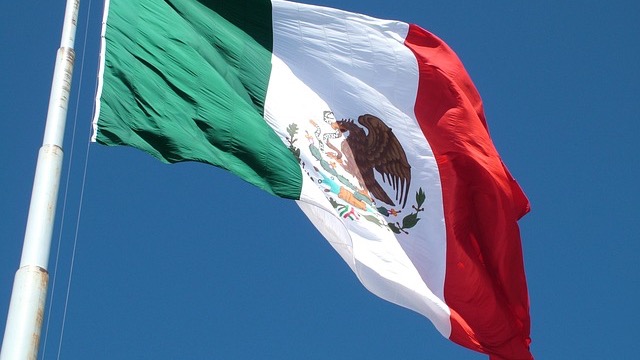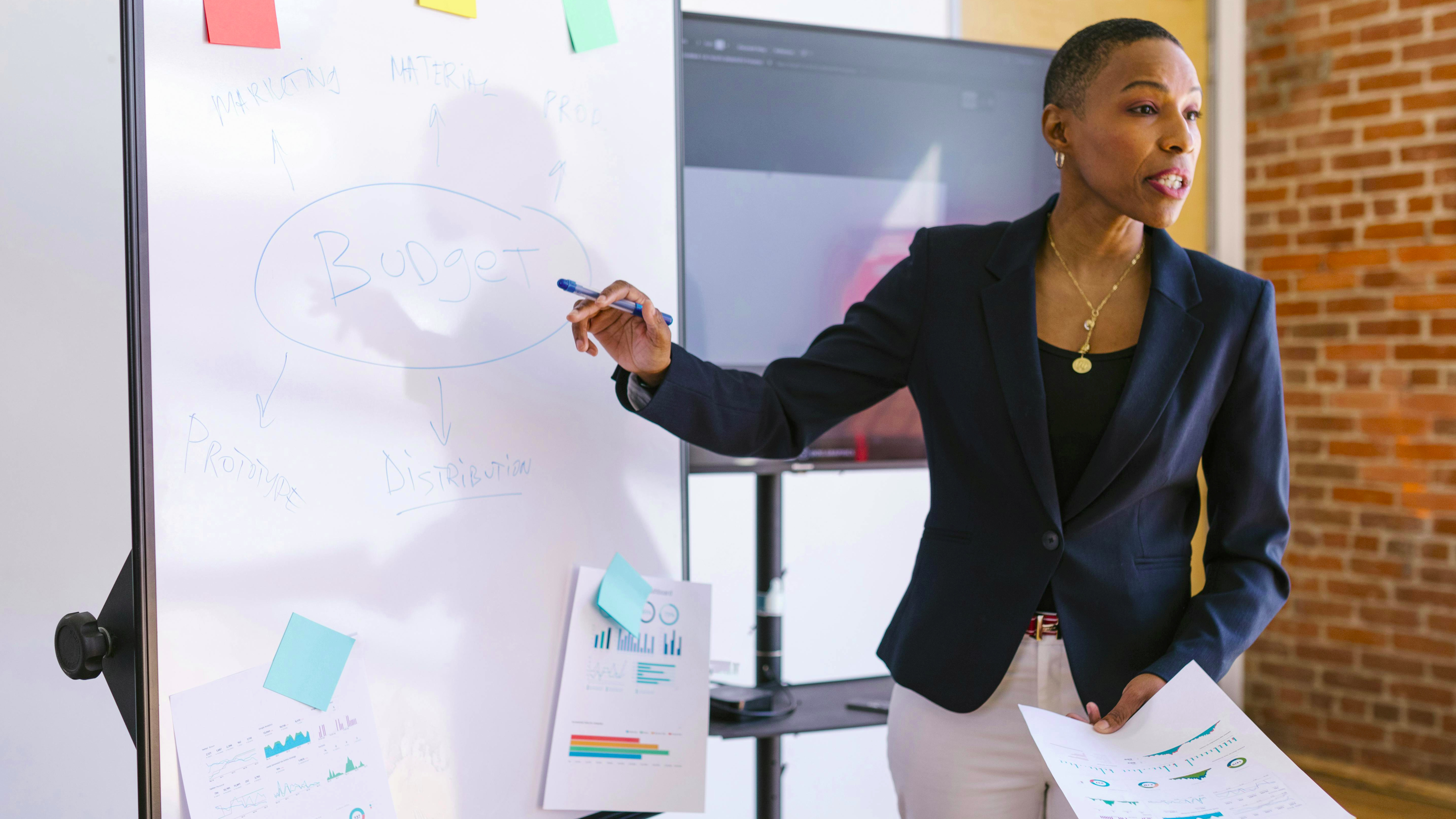
The Emerging Landscape of AI Regulation in Mexico
As artificial intelligence (AI) technologies evolve at an unprecedented pace, Mexico is stepping up to create a protective legislative framework for its cultural and creative industries. This proactive approach, spearheaded by the National Copyright Institute (Indautor) and various industry associations, aims to curb potential misuse of AI by ensuring that the intellectual property of artists and creators is safeguarded against unauthorized reproductions.
Understanding the Legislative Goals
The planned reform is groundbreaking for multiple reasons. Primarily, it seeks to establish regulations that prevent the replication of artistic voices, images, and ideas without explicit consent. According to reports from Expansion and insights from leading insiders like actress Aurora Mijangos, the reform is set to introduce necessary labor protections for those working in the creative sectors, addressing long-standing concerns about the impact of technology on employment.
Collaboration Across Sectors
Over 128 organizations have joined forces to shape this legislative initiative, showcasing a united front from various fields, including dubbing, broadcasting, cinema, and music. Key groups such as the National Association of Dubbing Professionals (ANPROD) and the Mexican Association of Producers of Phonograms and Videograms (AMPROFON) are instrumental in defining the framework that will govern AI usage in creative media.
Protection of Biometric Data
A notable aspect of the reform is its plan to classify voices and images as biometric data, which would require consent for usage. The danger of AI-generated content, especially concerning copyright infringement and identity manipulation, serves as a potent motivation for these legislative changes. Recent decisions from the Mexican Supreme Court highlight that works generated solely by AI currently lack copyright protection, thus relying on human contribution for safeguarding creative output. This crucial distinction raises questions about the balance between innovation and artist rights.
Addressing Broader Labor Rights
This legislation marks a significant milestone by not only regulating AI but simultaneously addressing wider labor rights issues in creative fields. Worker protections and enhancements to existing contracts aim to create a more stable environment for artists whose livelihoods may be threatened by advances in AI. The initiative’s holistic perspective ensures that the workforce is not left behind as technology continues to develop.
Future Implications and Predictions
The enactment of these regulations is anticipated by the end of the year, marking a crucial step toward a more structured and fair approach to AI in creative industries. As these reforms take effect, they promise to both empower creators and foster a responsible culture of innovation in Mexico. However, we must remain vigilant about the potential unintended consequences, such as restrictions on the free expression of ideas across digital platforms.
What This Means for Creative Professionals
For creative professionals in Mexico, the reform brings a ray of hope in an increasingly automated world. By defining clear boundaries around AI’s application, it not only aims to protect individual rights but also strengthens the collective value of creative contributions. As the landscape continues to shift, such legislative measures ensure that artists and creators can thrive amidst technological advancements.
 Add Row
Add Row  Add
Add 




Write A Comment